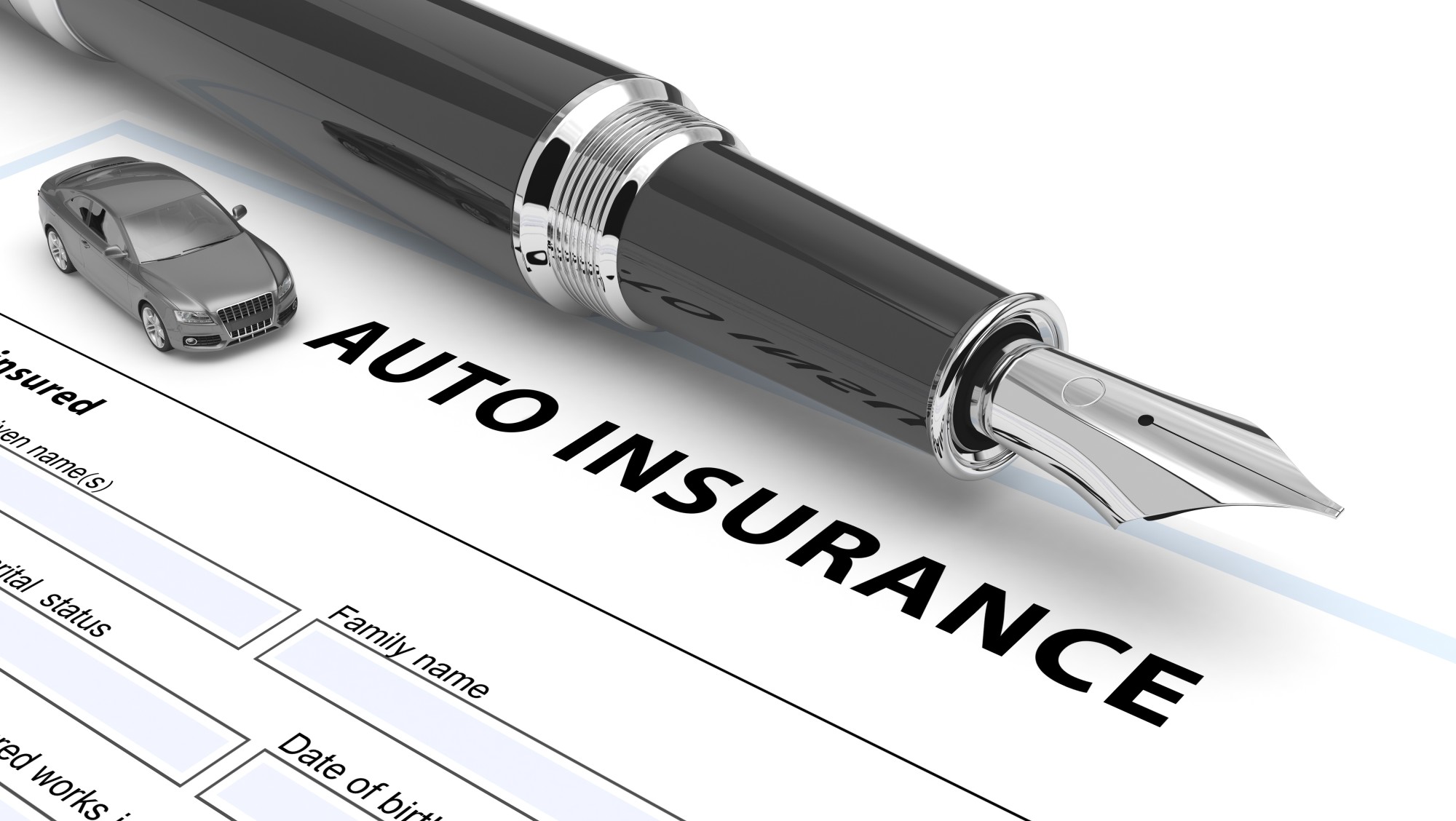In the 1960s, households with more than 2 cars made up 22% of the population.
Now more than half of the population consists of two-car households. If you own more than one vehicle, you could start taking advantage of stacked auto insurance coverages. By stacking your coverages, you’ll have more protection without opening up another policy.
However, stacked coverages are more expensive, so they’re not the right choice for every budget. How can you be sure if stacking your coverages is the right move?
Read on to learn all about stacked vs unstacked auto insurance.
Understanding Coverage Limits
Before we can explain the differences between stacked vs unstacked auto insurance, you’ll need to understand how coverage limits work. Coverage limits dictate how much your personal insurance policy will payout in the event of an accident.
For instance, imagine you have bodily injury coverage limits of 100,000/300,000. The first number lets you know how much can go towards each individual in the accident.
If you caused an accident, the other driver would be able to claim up to $100,000 for their bodily injury damages. But what if there was more than one person in the other car? That’s where the second number comes into play.
The second number lets you know the total amount your insurance company will pay out for any accident. Let’s say you hit a vehicle, and 3 people were in the car.
Each of those people would be able to claim $100,000 for their bodily injury damages. However, once that $300,000 is maxed out, your insurance company wouldn’t pay any more towards the accident.
Stacked vs Unstacked Auto Insurance
Now that you know how coverage limits work let’s talk about how they relate to stacked vs unstacked auto insurance. When you have unstacked auto insurance coverages, you have your basic coverage limits.
The example we gave earlier was an example of an unstacked auto insurance policy. After the insurance company pays up that second number, you’ll have maximized the amount you can use towards any one accident.
Stacked auto insurance gives you more coverage. You’ll be able to combine the coverages from multiple vehicles to be more secure.
For instance, let’s say that you had 3 cars on your auto policy. Each of the cars carried bodily injury limits of 100,000/300,000. If you stack those limits, you would add those numbers together. In the event of an accident, you’d actually have 300,000/900,000 as your coverage limits.
Stay Safe Out There
Now you know all about stacked vs unstacked auto insurance. We sincerely hope you never have to experience any type of car accident. However, at least by learning about how coverage limits work, you can feel good about your policy.
If you’re not sure you have the coverages you need, reach out to your insurance carrier today. Have them review all of your coverages, and explore the costs of raising your limits. Then you can explore whether or not stacking your auto insurance is the right choice for you.
Want more sound advice? Read another one of our posts!



